Our first stop outside DF was in Cholula, yes, just like the hot sauce with the delightful wooden cap back home. I’m more of a Tapatio kinda guy, but hey, when in Cholula. There, right in the middle of town is a giant pyramid larger than those of Giza. This one, however, is in a state of disrepair with grass, and trees covering the entire thing. It looks more like a hill than a pyramid, but a walk through its bowels via narrow tunnels reveals otherwise and illustrates its construction over many generations. The most recent construction was a large church, built right at the very top. One giant period at the end of the sentence that was the Spanish invasion.
Onto Oaxaca. Though this trip has been a dream of mine for many years, I have to admit that I’ve never really thought much about what’s between Seattle and Patagonia. One exception is Oaxaca. This colorful location has been on my radar for a few years now. Dozens of languages and cultures, nearly every ecosystem you can think of, mole – how could I NOT want to see it? We arrived in the midst of a rainstorm that made the line between streets and rivers as murky as the water itself, and eventually found ourselves in the small town of Tule at the home of Calvin and Leanne at Overlander Oasis. There we made our nest for the following five days as Cosmo spun a web of diesel fumes throughout the state.
As I mentioned, Oaxaca is a very diverse place. In fact, it is the most biologically and culturally diverse state in all of Mexico – an interesting correlation when you stop and think about it. According to researcher De Avila Blomberg, it’s a correlation that’s found throughout the world.
In addition to this rich diversity, the land in Mexico is in large part communal. Apparently, this tradition dates back to the Aztec days and was adopted by the Spanish. That changed during the Mexican independence (remember the one in Guanajuato a few blog posts back?), and by the end of the nineteenth century ninety-some percent of the land was owned by one percent of the population. It was in large part because of this that Pancho Villa, Emiliano Zapata and others revolted in 1910. Seven years later the new government resurrected the idea of community property. Thus Mexico, and Oaxaca especially, is run in large part at the local level by small communities throughout the rural areas. In many places, there is no private property. Land is governed, used, polluted, divided, nurtured and protected within the context of the community that lives there. I find that fascinating and quite beautiful, and I wonder what kind of fabric this weaves culturally, ecologically.
We witnessed a number of these communities throughout the state. V found a native corn celebration in the town of Santiago Apostol, so naturally we went. Farmers, dancers, musicians, reporters all converged on this little pueblo to show the world the importance of native corn and to discuss the local and transnational threats it faces. Just what does happen to small communities built around corn for countless generations when corn from the heartland of America can be purchased cheaper?
We left town with a quick stop to buy V’s mom a bottle of mezcal. It was not too long after that when we learned a new term – güeroed (verb). From the word, “güero” meaning blonde. To be güeroed means to be charged more because of one’s light hair and skin. I decided it’s best to let V and the kids do the negotiating from then on.
The next day we went into the historical center of Oaxaca. We listened to music, looked at the works of graphic design students, wandered the streets and ate delicious mole near the Zocalo. Well, the adults did. The Tangletown kids aren’t too fond of the stuff.
El Centro de Oaxaca from Nate Brown on Vimeo.
We finally left Calvin, Leanne, their dog Morena, three cats, and the giant Tule tree. We headed to the mountains with a stop at Teotitlán, a Zapotec community home to beautiful, woolen tapestries and a restaurant that was among the top 10 best in the world according to the New York Times … if you believe in the almighty NY Times. Don’t get me wrong, it was delicious, I just don’t understand how anyone can possibly proclaim what the 10 best restaurants in the world are. The food and language spoken by the women who worked there were all Zapotec.
From there we slowly made our way up a bumpy dirt road, from the scrubby desert-like valley to the windy, pine-laden mountain tops – a sanctuary for this Northwesterner. We hiked and scrambled through the rocks and forest in the cold wind, and kept warm by a very heated conversation about homeschooling. Let’s just say, we’re still finding the routine.
It was there we met Giovani and his family and friends, and were once again amazed by the hospitality of this fine country. Giovani is a doctor who visits rural areas to provide healthcare, among his other three jobs. He invited us to another camping area further north, so the next morning we started Cosmo’s cold diesel engine (the glow plugs aren’t working, but making coffee under the engine helps) and drove back down the mountain.
After a filling breakfast at his home, Giovani and his friend Federico guided us over more mountains and valleys to the community of Analco, Federico’s home and one of those community-owned towns I’ve been so curious about. We walked, took in the views, zip-lined, ate trout, sipped mezcal and talked culture and politics. We asked Giovani why communities are facing threats in the forms of dams, mines, and highways if they are able to govern their own land. Short answer – money. After doing a little research I found that for most of the 20th century ejidos and communidades could not be sold to outside parties. That changed in 1991 as a prerequisite to Mexico signing on to NAFTA. Now, according to Giovani, the people with government connections who know a highway or mine is coming, start buying up land from communities, then sell it to the government or a Canadian mining company (Seriously, Canada! What’s up with all the mines?)
This tension between public/community use and private use, rural and urban, local and federal, poor and wealthy has shown itself throughout our trip here. It forces me to reflect upon similar issues back home but with the light of a different culture shining on the nooks and crannies of my own. What would my home look like had communal property been the law of the land? How would we act if we were always responsible to the community? What would our land look like? I don’t know if life would inherently be better, but I wonder if there are things we can learn here. Sometimes I feel that we in the States are pushing and approaching the limits of what an individualistic society can offer. The anthropologic equivalent, Wade Davis says, of splitting the atom. A nation cracked apart into 300 million individual pieces and all that energy released with little binding us together anymore. I don’t know, maybe it’s the Modelo Especial talking. Or maybe it’s the cold – Benjamin threw the last log on the fire an hour ago and there is nothing but fading embers smoldering in this communal kitchen where I’m writing.
We left Oaxaca along the Mezcal Route. Town after town sold locally-made mezcal from locally grown agave plants. V and I looked at each other, “We should buy some!” we said. Then we remembered we don’t really drink hard alcohol. Probably a good thing as I might be inclined to drink a lot of it to quell the millions of thoughts on community, democracy, and nature swirling through my head. We left with a few more answers, but many more questions. On to Chiapas.

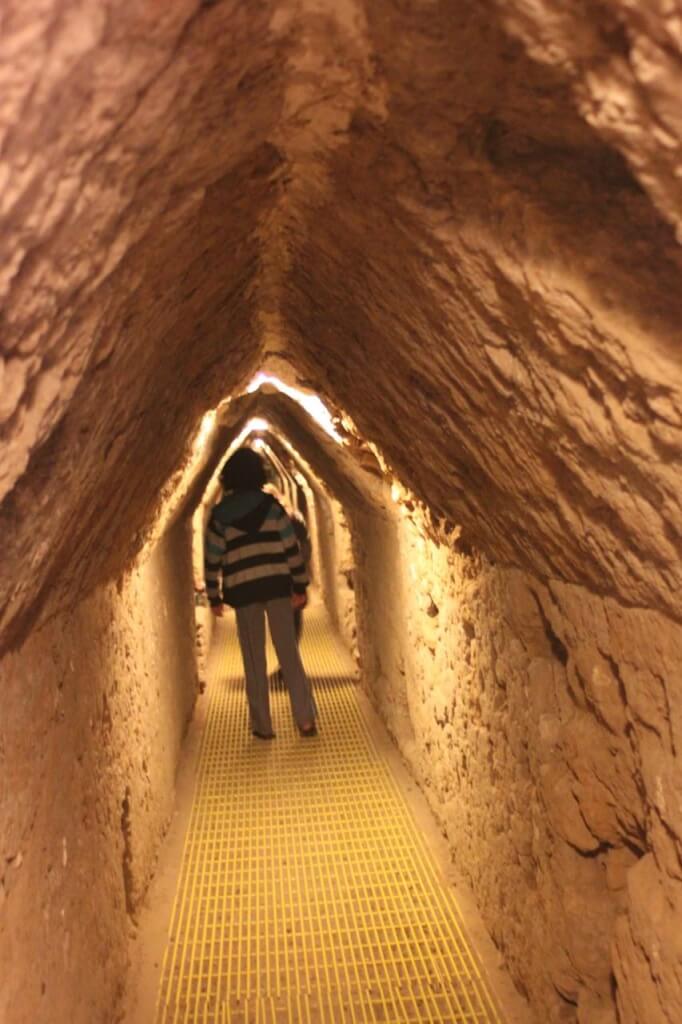
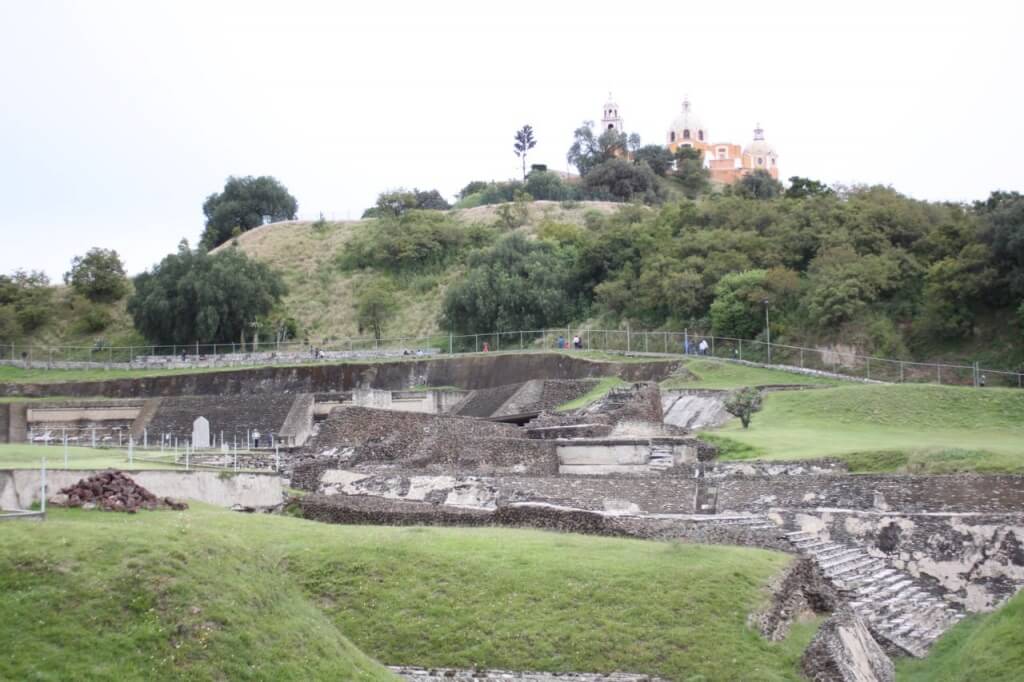
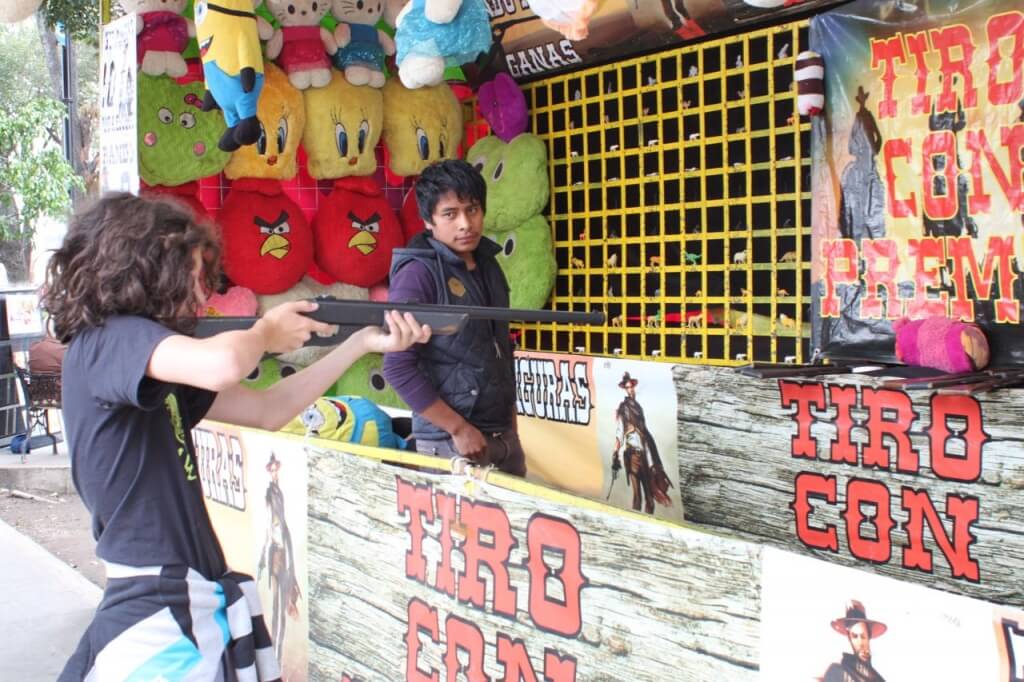
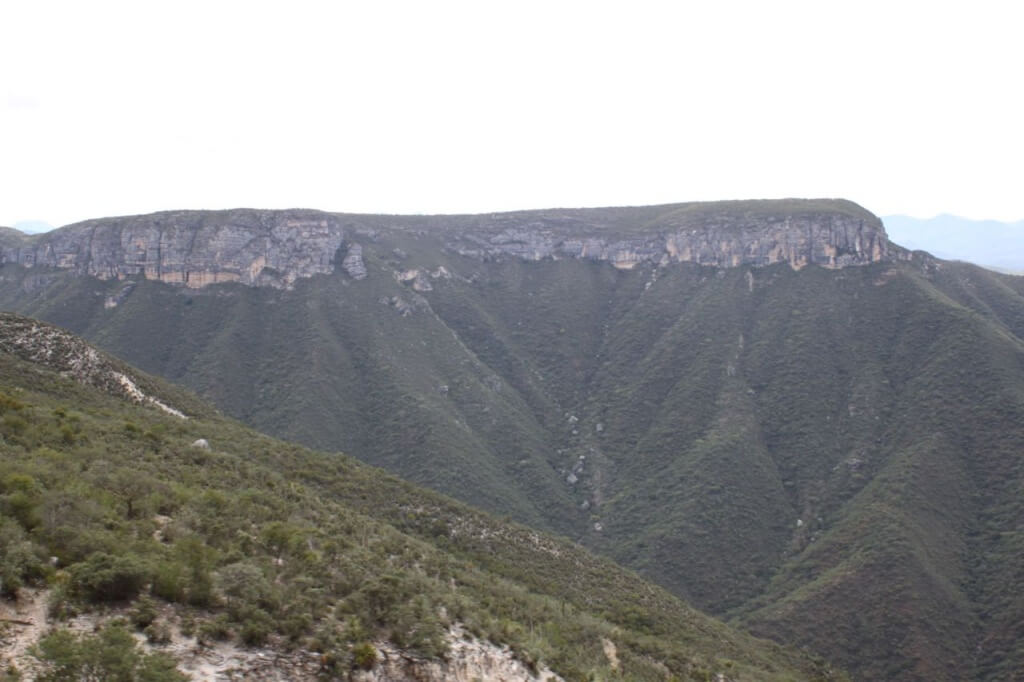
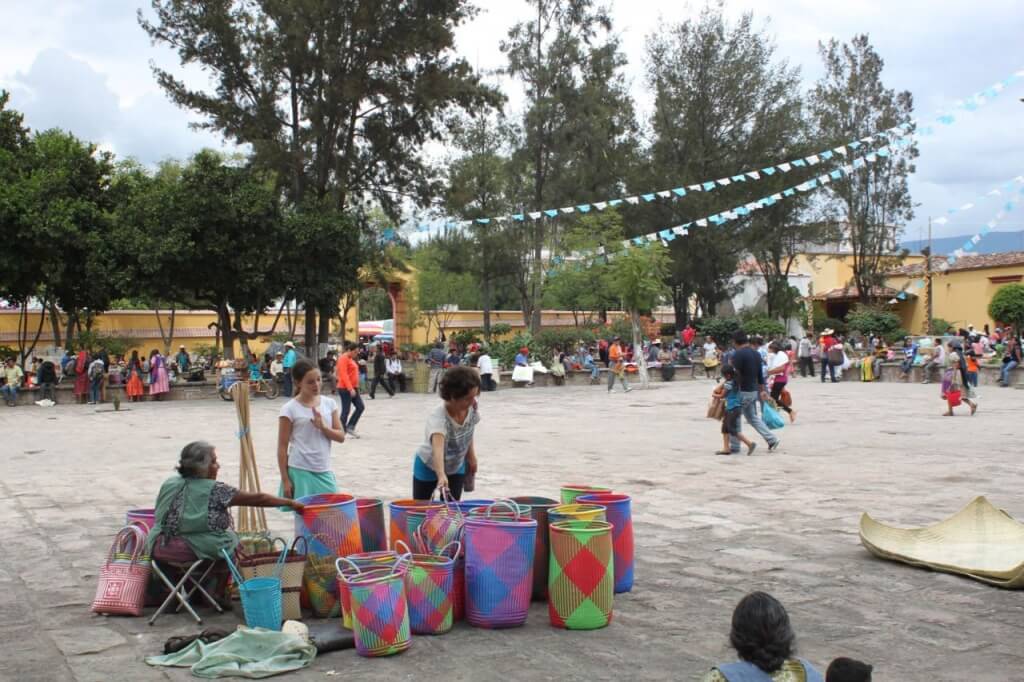
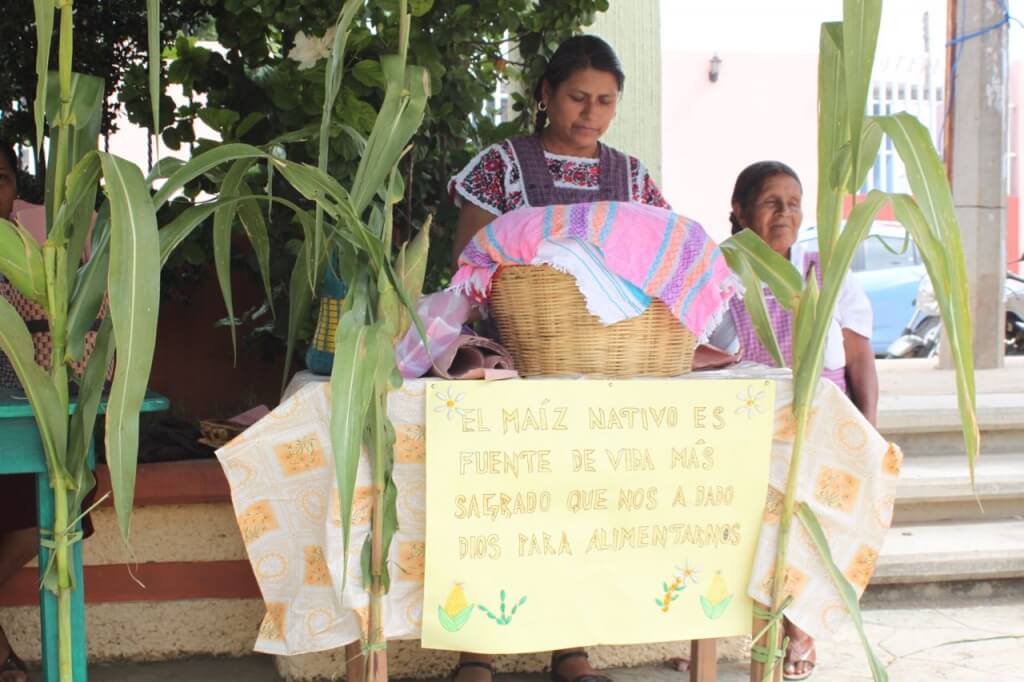
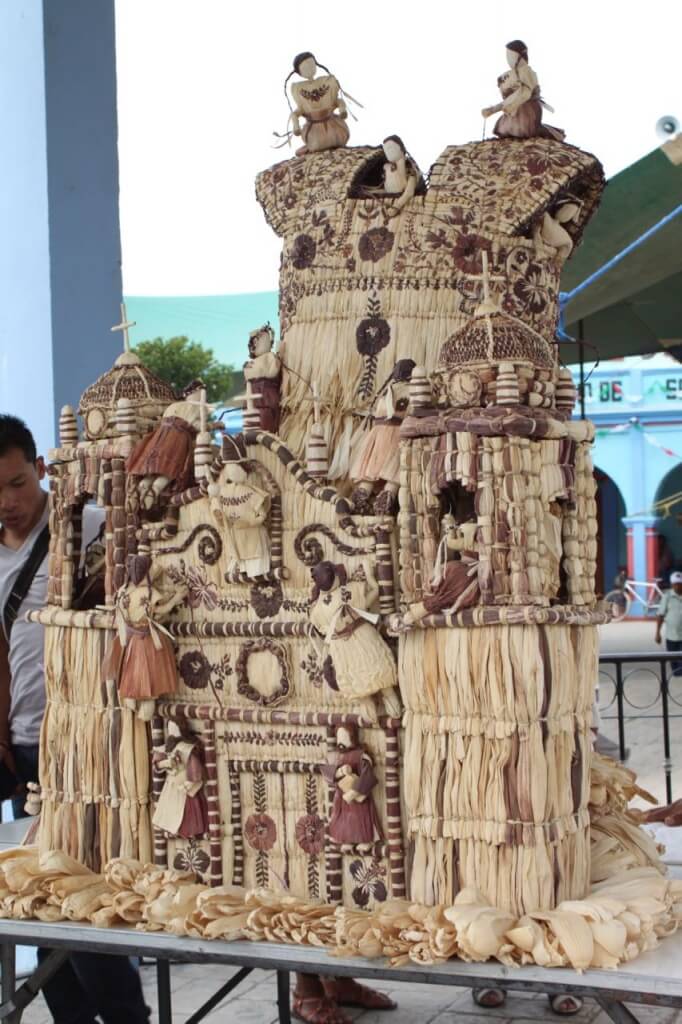
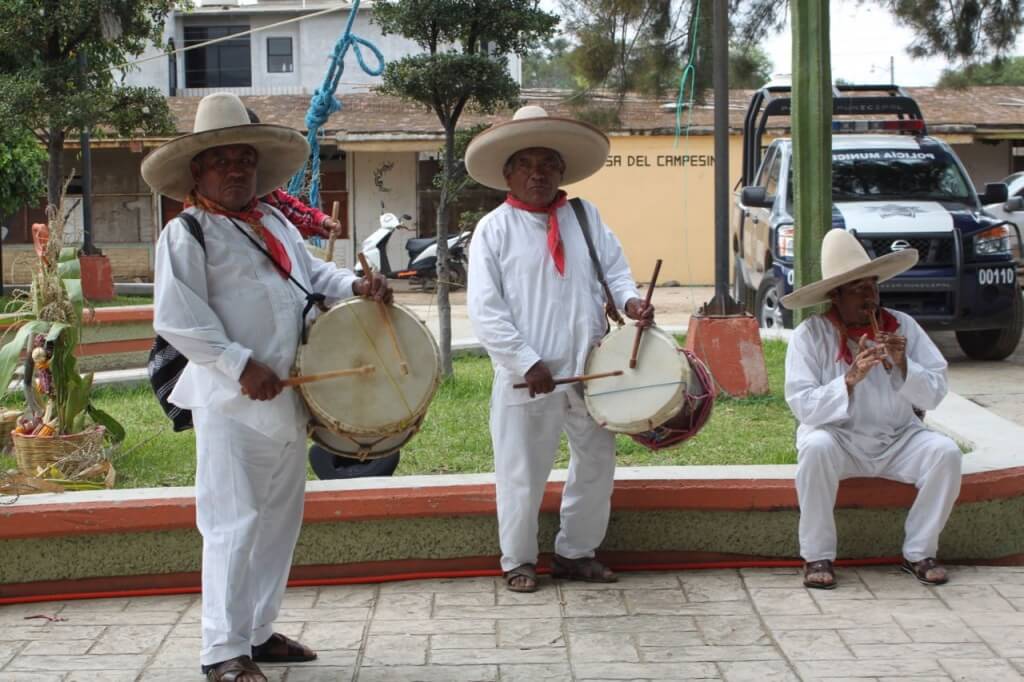
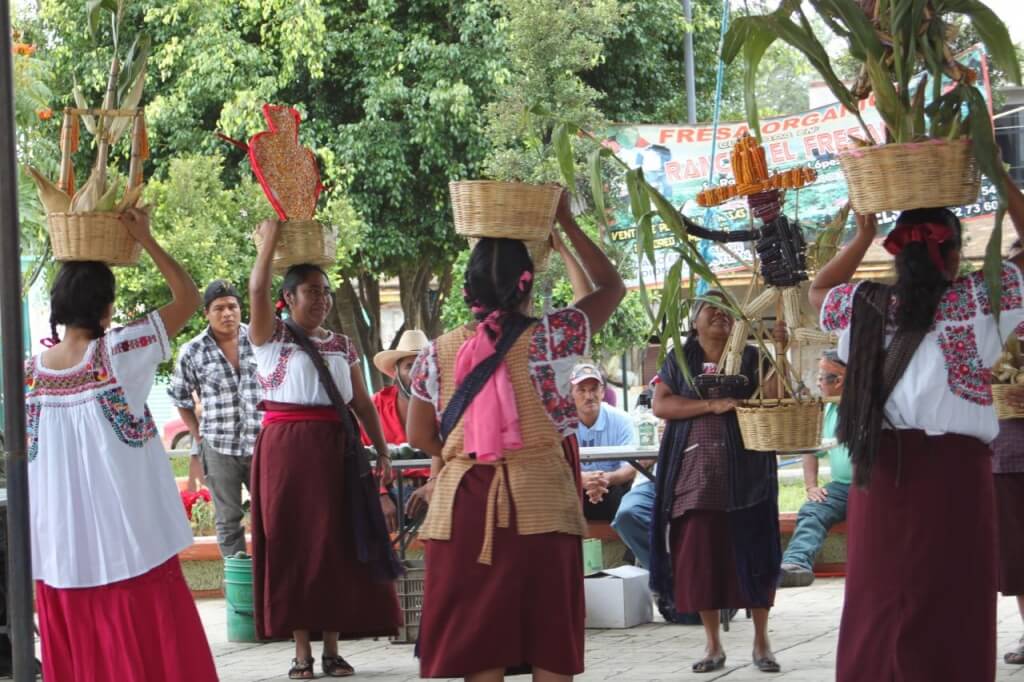
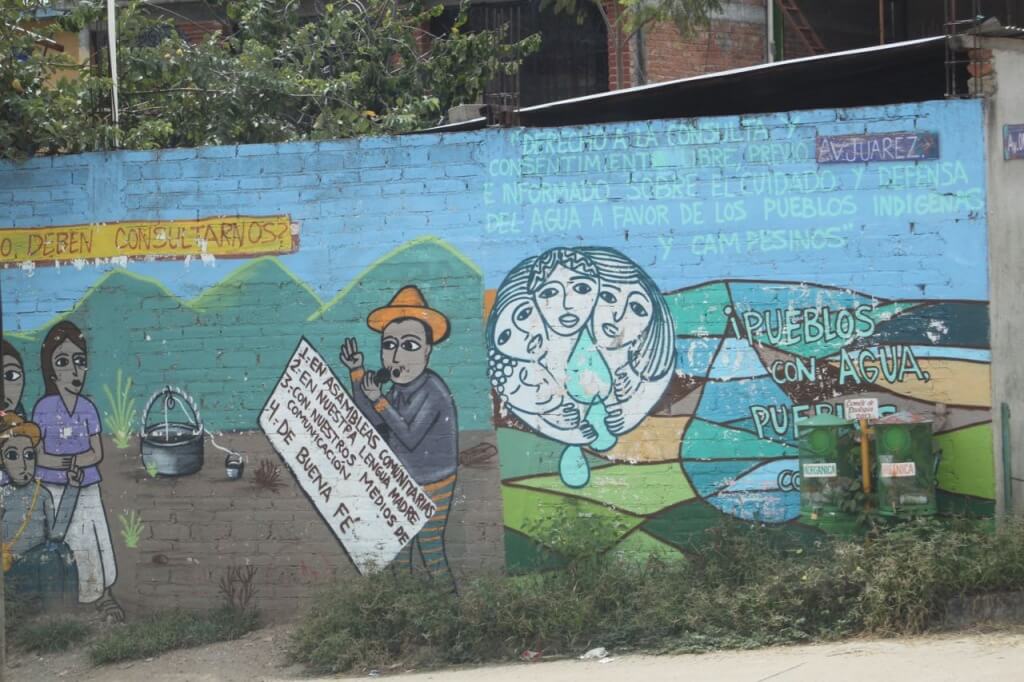
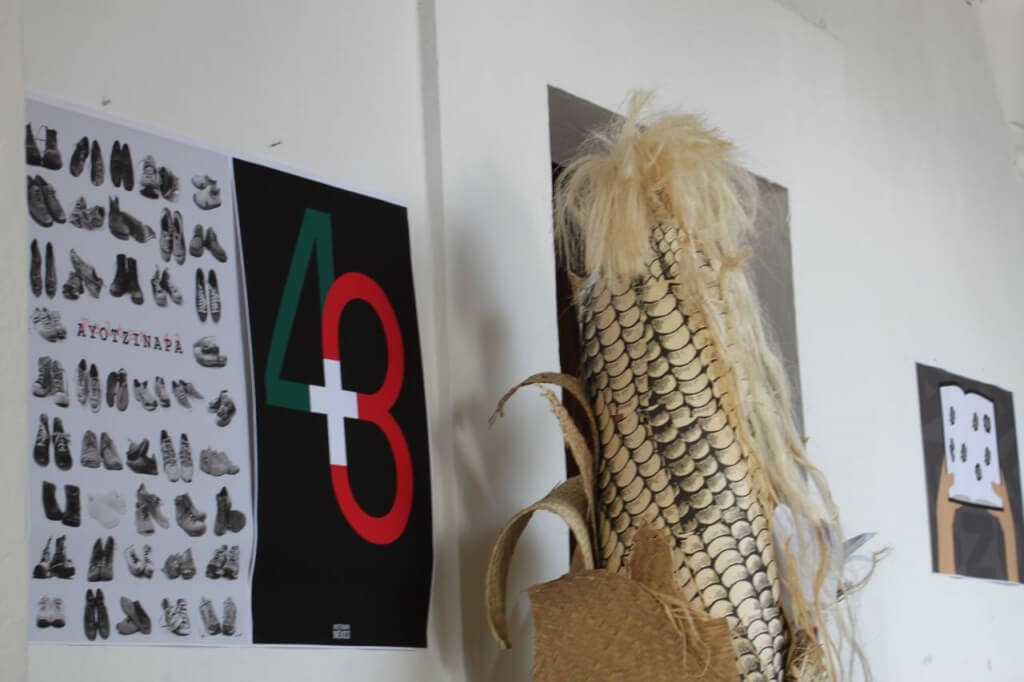
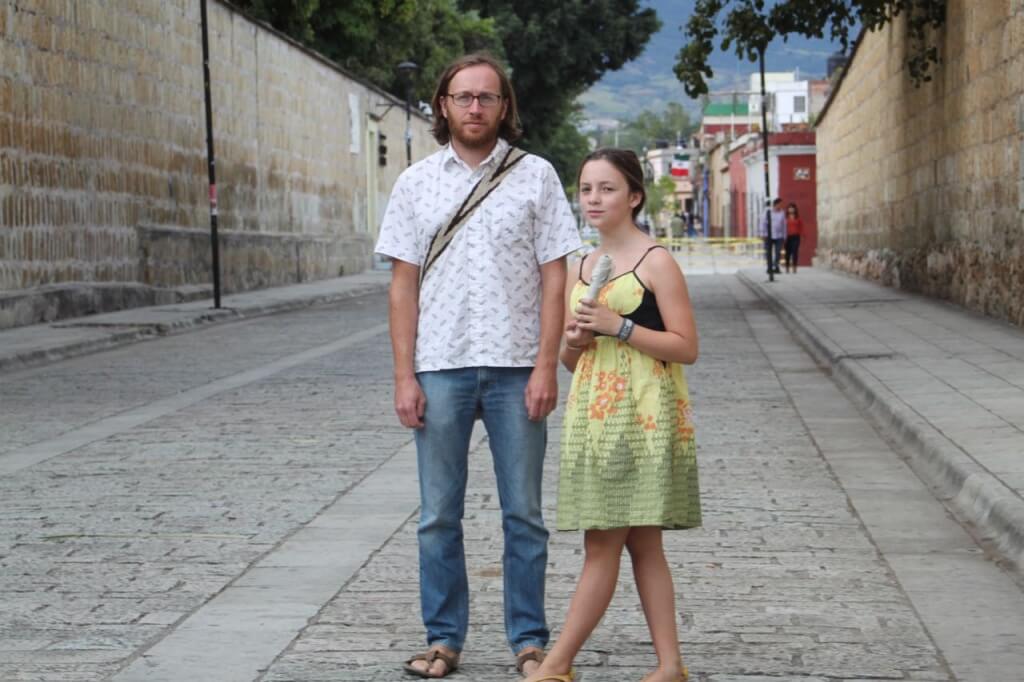
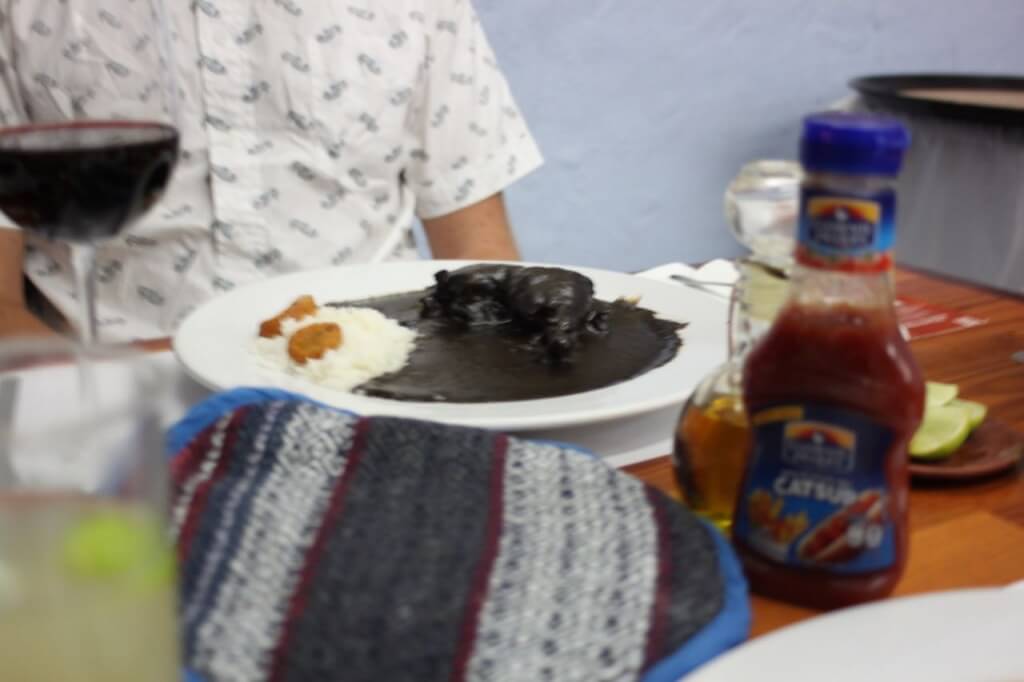
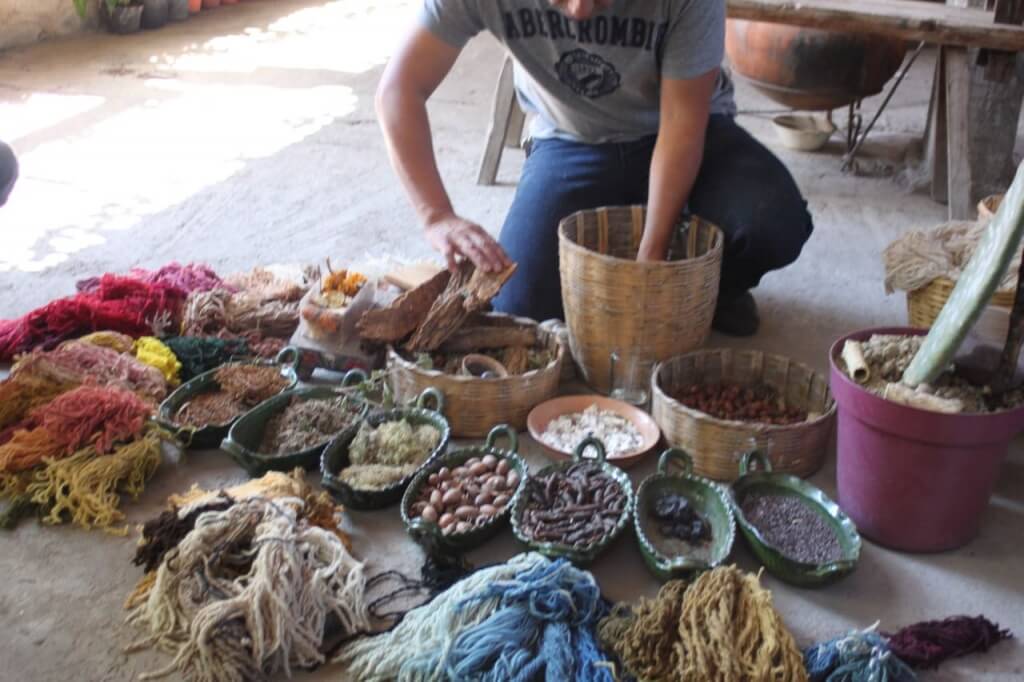
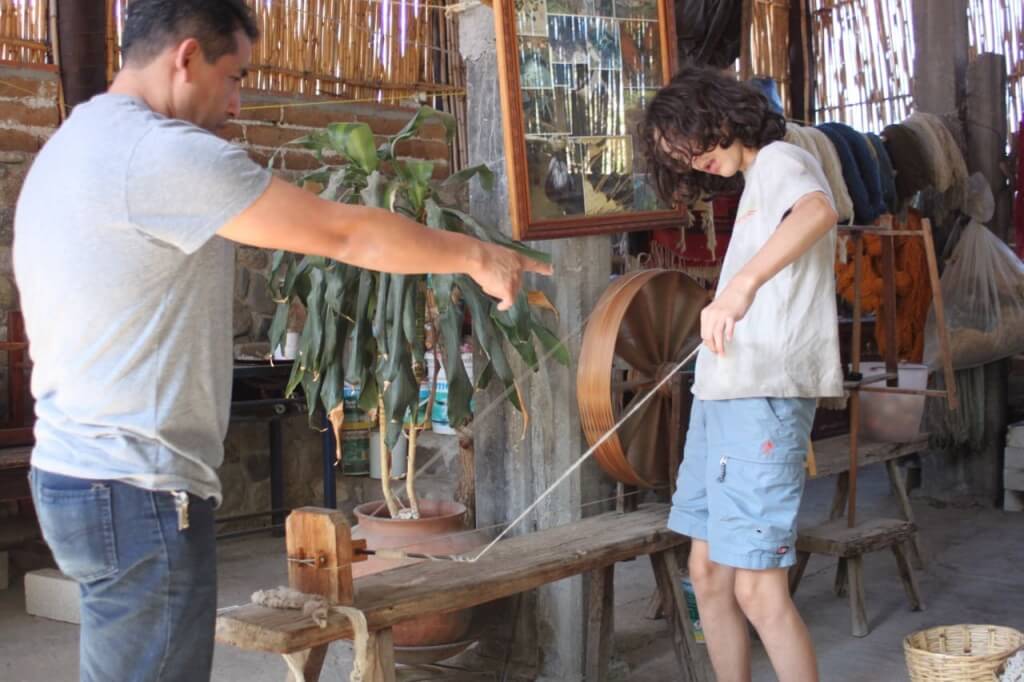
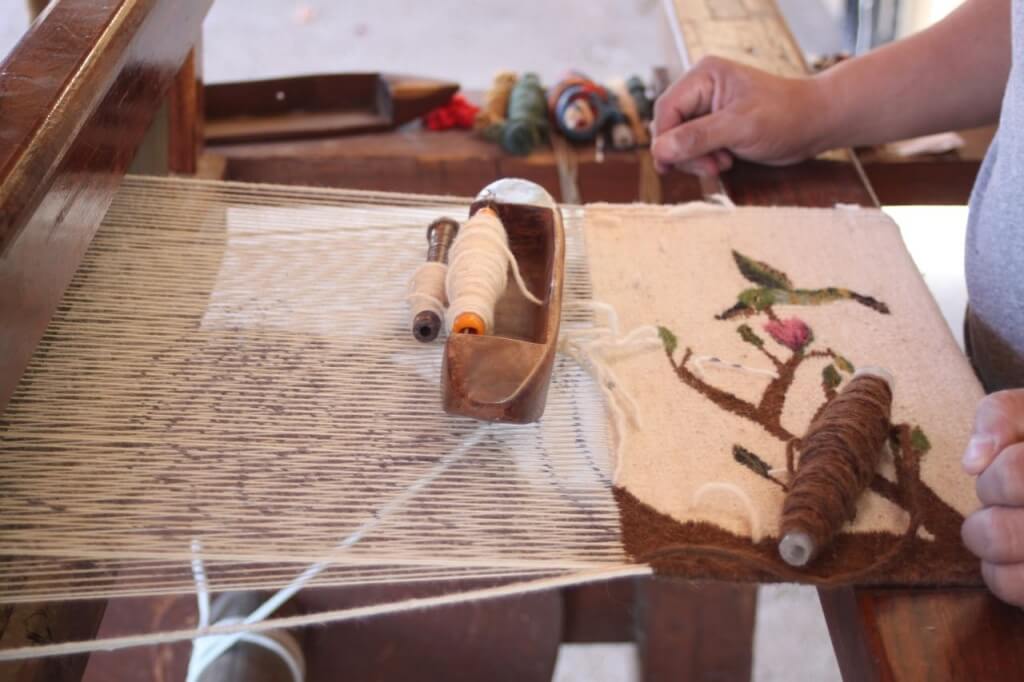
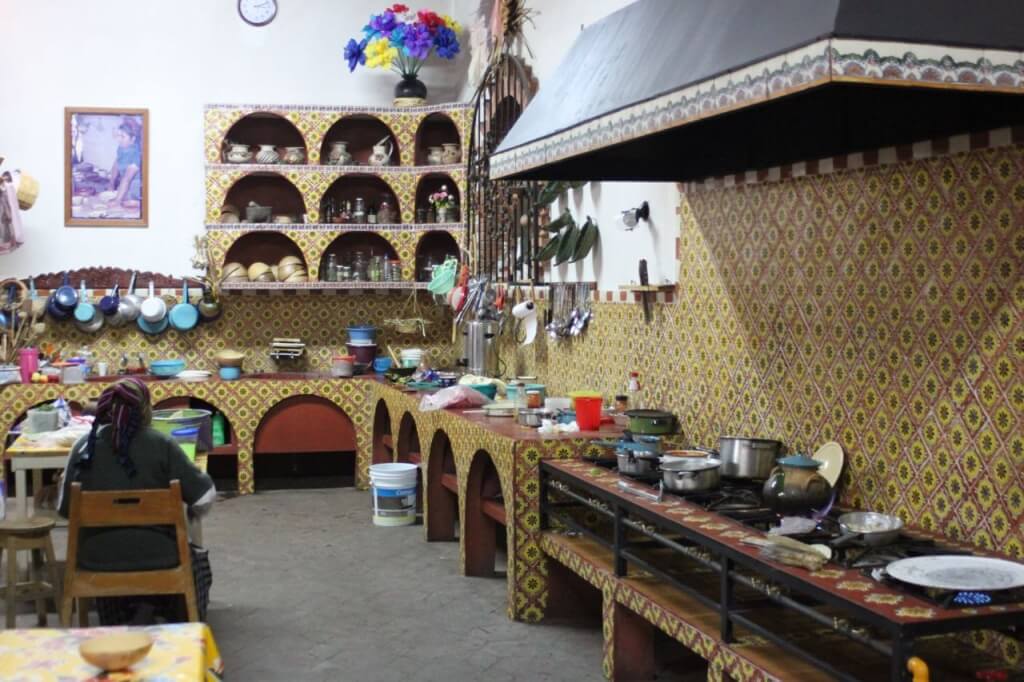
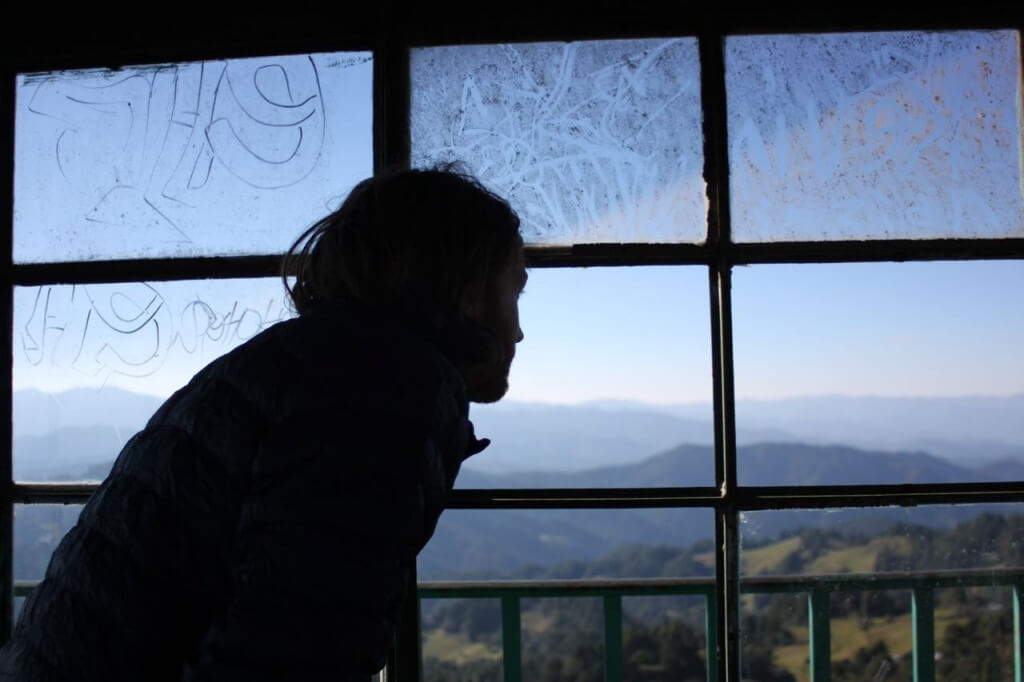
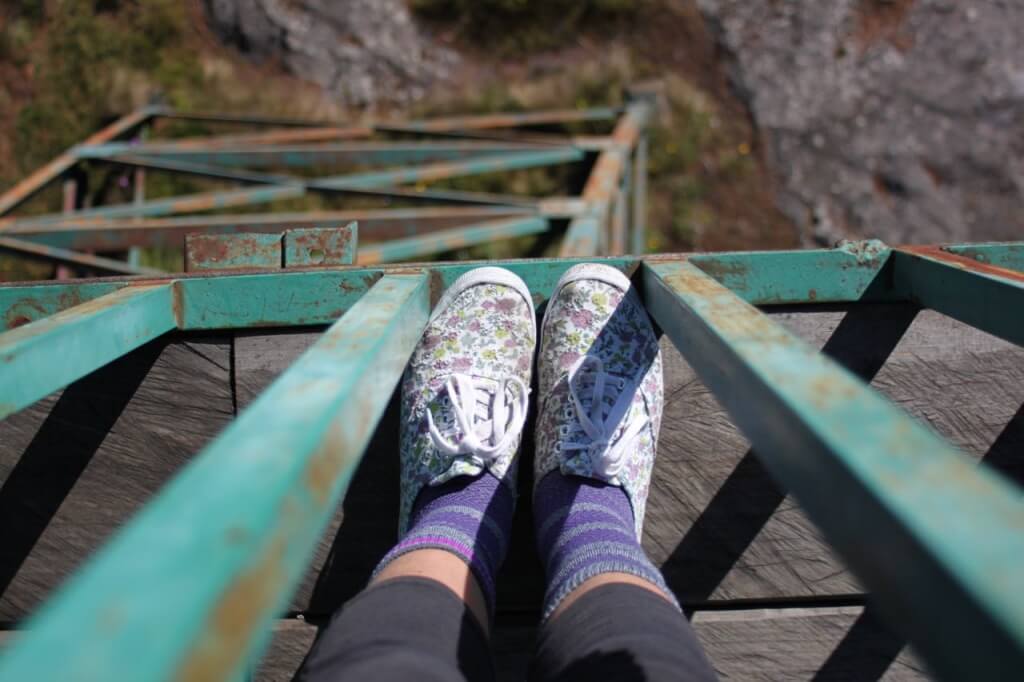
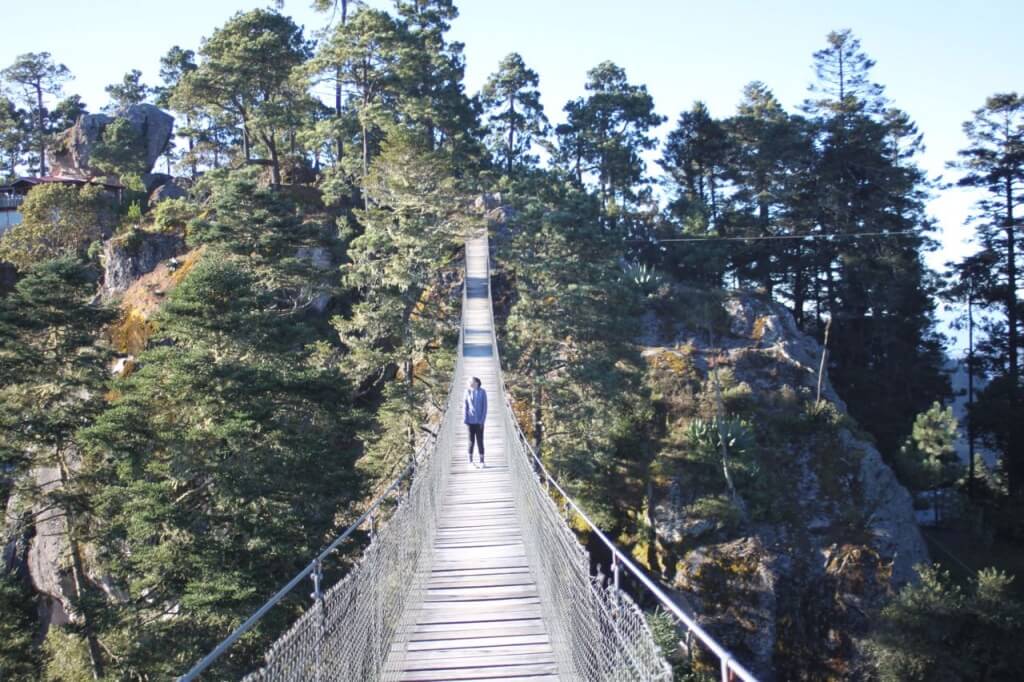
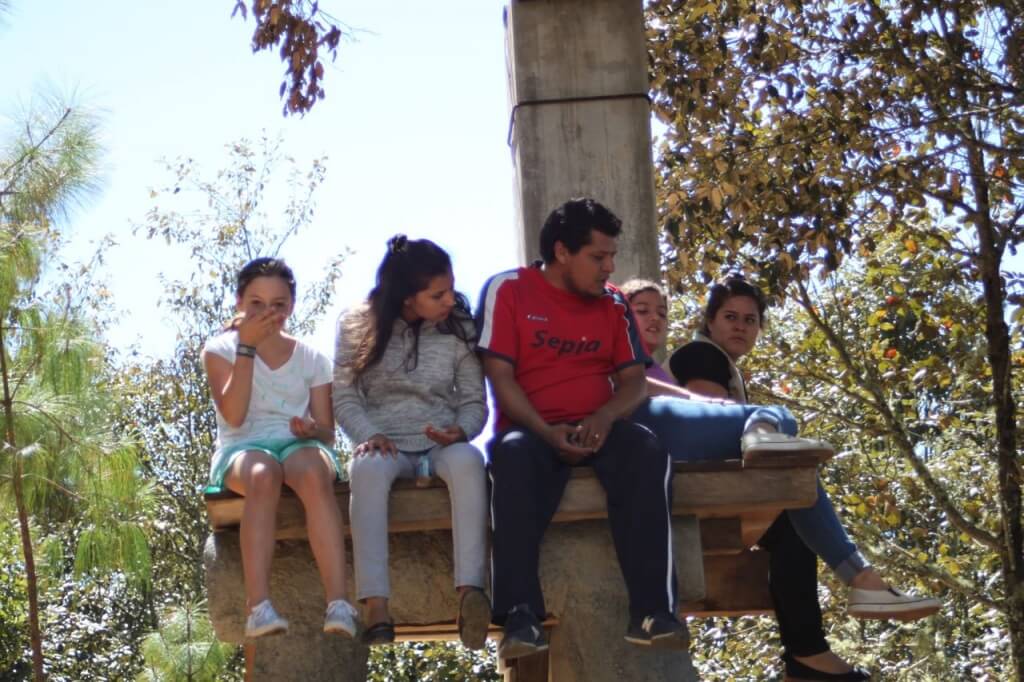
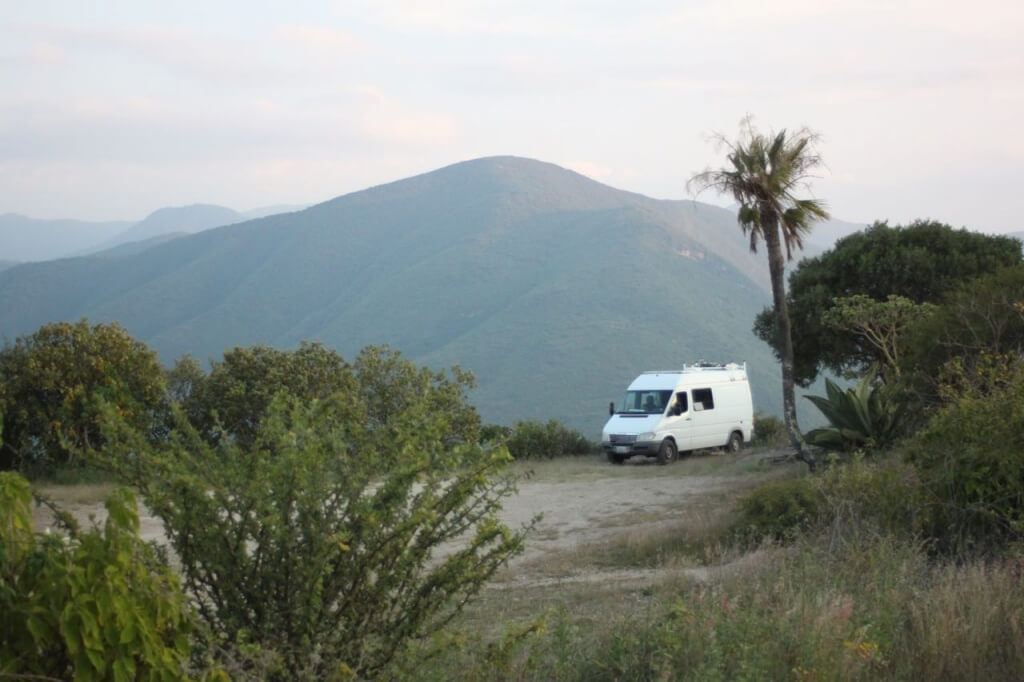
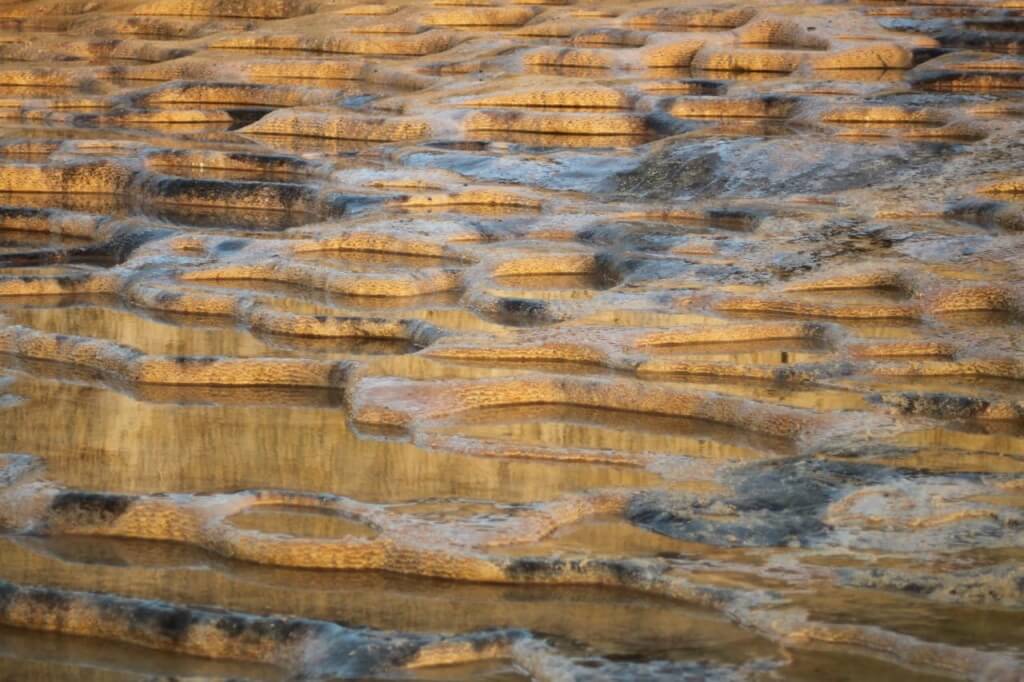
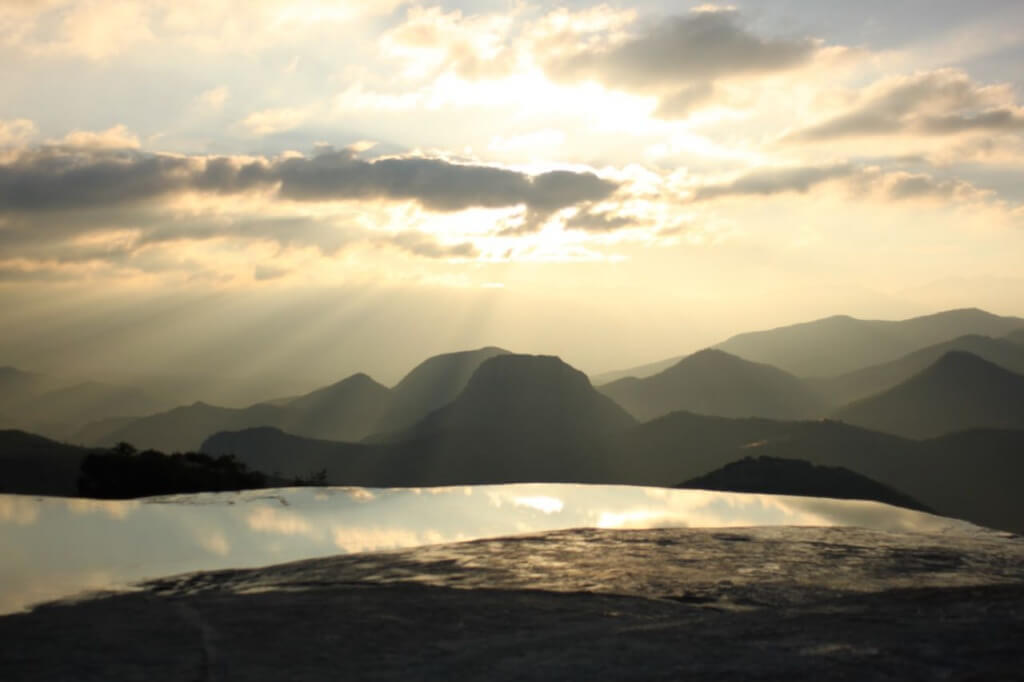

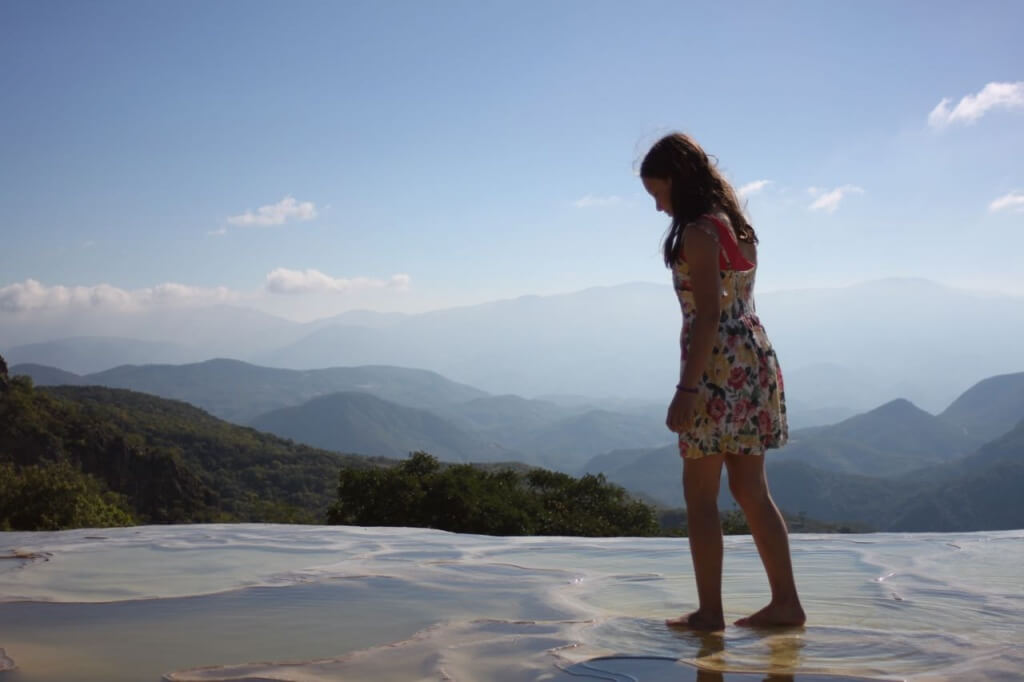




Another fabulous read. And wonderful photos. You all are amazing!
Stunning photos of Hierve el Agua! I don’t know how you guys assimilate all the stimuli. Sensory and cognitive overload. Thanks for making sense of it all for us.
Hola! Nate, Victoria y Familia.
So cool to see this. Your smiling faces are missed around here, but at least we can see them on the interwebs!
Wanted to drop you a note that after 7 years, I am transitioning out of the Copy Center into a new position. So, when you return (the good ones always do), look me up on Outlook. I’m still around @ Children’s. Godspeed and Much love!
We were in Oaxaca at the same time! Sorry to have lost contact as we would have loved to meet up. While you were staying at Calvin & Leanne’s we were at an AirBnB in the centro. And while you’ve already crossed the Gap, we’re STILL in Oaxaca. We’re actually planning to stay at Overlander Oasis for a few nights starting tomorrow (assuming the leaky fuel line can be addressed before then). If you end up slowing down, perhaps our paths will cross.
And homeschooling isn’t going nearly as well as we envisioned either, if that makes you feel any better.
Hey Rebecca, thanks for reading! We are slowing down a here bit in Colombia. We’ll be here over a month. The kids have gone to their grandparents’ in Medellin for the next three weeks while Victoria and I pick up the van from the port and drive around northern Colombia for three weeks. We’ll meet up in Medellin before Christmas. The kids have their school assignments for the three weeks. We’ll see how it goes 🙂 Say hi to Calvin and Leanne – wonderful people and a chill place to stay for a while.